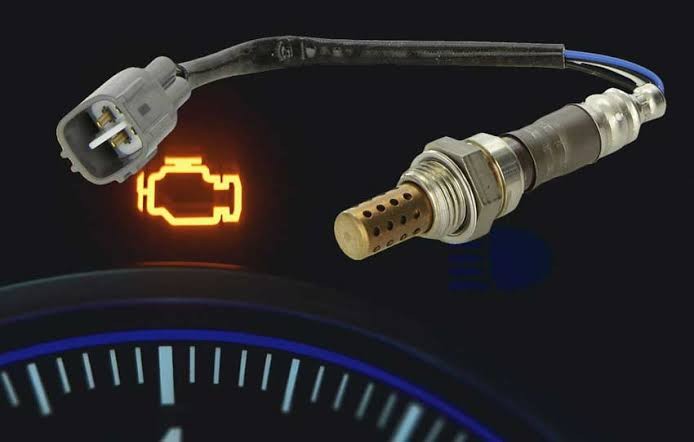The oxygen sensor, a vital component in modern vehicles, measures the oxygen levels in the exhaust gases. It helps ensure optimal fuel-air mixture, improves fuel efficiency, reduces emissions, and aids in engine performance and longevity.
An oxygen sensor is a small electronic device that is typically located in the exhaust system of a car. It measures the amount of oxygen present in the exhaust gases and sends this information to the engine's control module. Here's how it works and its benefits:
How an Oxygen Sensor works:
- The oxygen sensor generates a small voltage when it is exposed to oxygen in the exhaust gases.
- The engine control module (ECM) reads this voltage to determine the air/fuel ratio and adjusts the fuel injection accordingly.
- The oxygen sensor constantly monitors the air/fuel ratio to ensure optimal performance and fuel efficiency.
Benefits of an Oxygen Sensor:
- Improved fuel efficiency: The oxygen sensor helps the engine adjust its fuel injection to achieve a more optimal air/fuel ratio, resulting in improved fuel economy.
- Reduced emissions: By ensuring that the air/fuel ratio is optimal, the oxygen sensor helps reduce harmful emissions from the exhaust.
- Improved engine performance: A faulty oxygen sensor can cause a range of engine problems, including reduced power, decreased fuel efficiency, and increased emissions. By ensuring the oxygen sensor is working correctly, the engine can operate more efficiently and effectively.
DTC codes:
- P0130: Oxygen Sensor Circuit Malfunction (Bank 1 Sensor 1)
- P0131: Oxygen Sensor Circuit Low Voltage (Bank 1 Sensor 1)
- P0132: Oxygen Sensor Circuit High Voltage (Bank 1 Sensor 1)
- P0133: Oxygen Sensor Circuit Slow Response (Bank 1 Sensor 1)
- P0134: Oxygen Sensor Circuit No Activity Detected (Bank 1 Sensor 1)
- P0135: Oxygen Sensor Heater Circuit Malfunction (Bank 1 Sensor 1)
- P0150: Oxygen Sensor Circuit Malfunction (Bank 2 Sensor 1)
- P0151: Oxygen Sensor Circuit Low Voltage (Bank 2 Sensor 1)
- P0152: Oxygen Sensor Circuit High Voltage (Bank 2 Sensor 1)
- P0153: Oxygen Sensor Circuit Slow Response (Bank 2 Sensor 1)
- P0154: Oxygen Sensor Circuit No Activity Detected (Bank 2 Sensor 1)
- P0155: Oxygen Sensor Heater Circuit Malfunction (Bank 2 Sensor 1)
The oxygen sensor is a critical component of a car's engine management system. It helps to ensure that the engine is operating at peak performance, while also reducing harmful emissions and improving fuel efficiency. Regular maintenance of the oxygen sensor is important to ensure it continues to function correctly and to prevent issues with the engine's performance. By understanding how the oxygen sensor works and its benefits, car owners can appreciate the important role it plays in their vehicle's overall performance.

Comments (0)
Please login to join the discussion
Be the first to comment on this article!
Share your thoughts and start the discussion